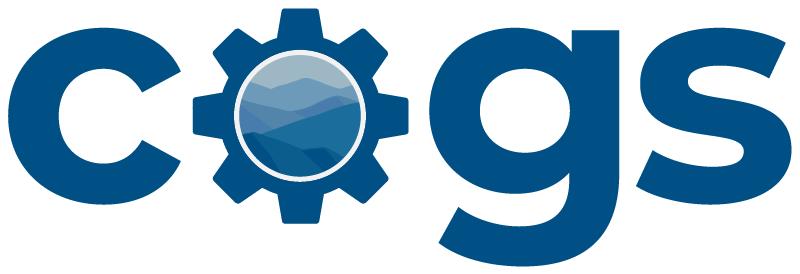How to Automate Mailchimp Abandoned Cart Emails
Automating follow-up emails for customers who didn’t complete their purchase is a marketing strategy that allows businesses to automatically send a reminder email to customers if they have not completed a purchase they have made. This is a great way to remind customers of their incomplete purchase, encourage them to complete it, and also provide them with additional information, such as promotions or discount codes.
Why is Shopping Cart Abandonment a Problem?
According to BigCommerce, for every 10 customers who add an item to their shopping cart, seven of them leave without completing the purchase. Stemming from this cart abandonment rate, each year ecommerce stores lose more than $19 billion in revenue.
Businesses should invest time and money into cart recovery emails if they are affected by any of these situations: when customers abandoned their cart in checkout processes, when customers sign up for services but don’t complete the registration process, or when potential customers make initial contact with the business but don’t follow through with taking the next step (this is about 98% of all ecommerce businesses).
Automating follow-up emails from the checkout pages of the business can be an effective way to increase customer engagement, conversion rates and purchase completion.
Cart Abandonment Software Tools
1. MailChimp - MailChimp provides a tool that helps small businesses automate follow-up emails for customers who didn’t complete their purchase. It’s easy to use and the visual automation editor allows users to customize their own automated workflow. The free plan allows for up to 500 contacts, which makes it great for budget-conscious small business owners.
2. Keap - Keap helps small businesses automate follow-up emails for customers who didn’t complete their purchase. It provides advanced segmentation capabilities to better target customers and offers real-time analytics. The low monthly subscription fee makes it budget-friendly for small business owners.
3. Salesforce - Salesforce provides a tool that helps small businesses automate follow-up emails for customers who didn’t complete their purchase. It offers powerful CRM features and provides detailed reporting so businesses can track the success of their campaigns. Best of all, Salesforce offers a free trial period so small business owners can test the product before committing to extra costs.
4. ActiveCampaign - ActiveCampaign helps small businesses automate follow-up emails for customers who didn’t complete their purchase. It offers a wide range of features, including list segmentation, automated emails, and easy-to-use reporting. The affordable pricing plans make it a great option for budget-conscious small business owners.
5. GetResponse - GetResponse provides a tool that helps small businesses automate follow-up emails for customers who didn’t complete their purchase. It offers a drag-and-drop automation editor and allows users to set up triggers to automatically send emails. It also offers free email templates, making it a great option for small business owners who are short on time.
How to Convert Abandoned Carts with Software Tools
Establish Your Goals:
Determine what you want to achieve with automated follow-up emails. This could include increasing sales, increasing customer engagement, or providing customer service.
Choose an Automation Platform:
Select an automation platform such as Mailchimp, ActiveCampaign, or GetResponse that fits your needs and budget.
Set Up Your Automation System:
Configure the system to recognize customers who have not completed their purchase on your online shopping cart and trigger an automated follow-up email.
Create Your Abandoned Cart Email:
Craft a personalized email that focuses on the customer's needs, offers helpful information, offers promotions like offering free shipping or coupon codes, and includes a call-to-action to recover lost sales.
Schedule Your Follow-up Email:
Set a schedule for when the emails will be sent. You may want to send one email immediately after a customer abandons their purchase, and then a follow-up one or two days later.
Test Your Automated Email:
Test the automated email to make sure it's working properly, the recipient receives the email in their inbox, and the open rate is high enough.
Monitor and Adjust:
Monitor the emails to track effectiveness and make adjustments as needed.
Check out our COGS Templates for pre-made automations.

